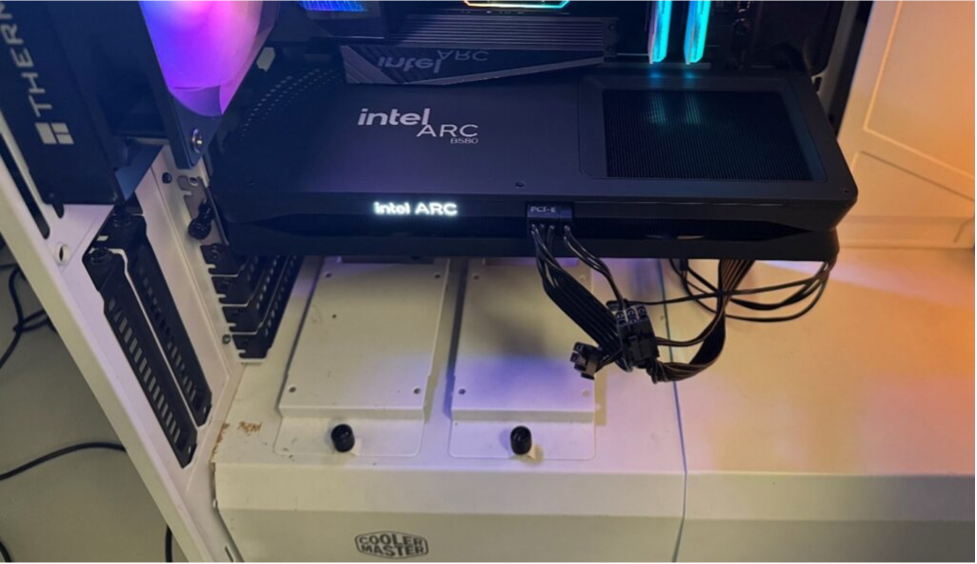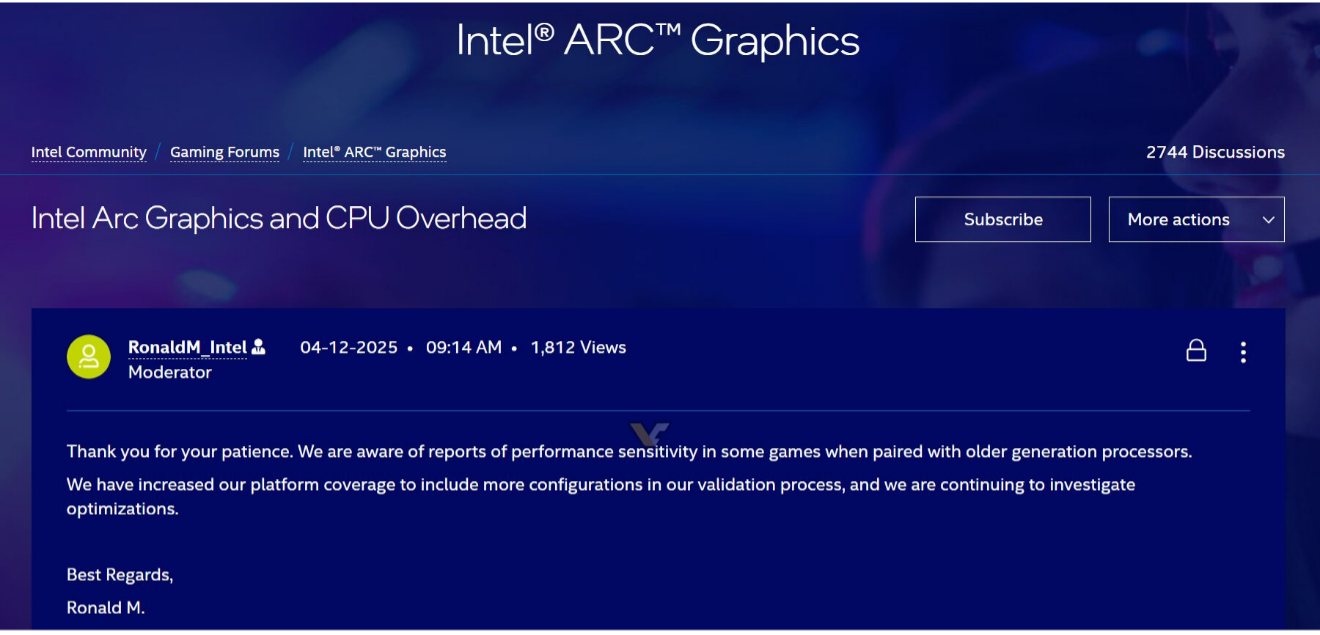The Intel Arc B580 GPU has been found to perform poorly when paired with older processors, according to reviewers. Intel has acknowledged the issue and is investigating potential optimizations. When tested with newer CPUs like the Ryzen 7 9800X3D, the GPU performs decently, but with older CPUs like the Ryzen 5 2600, its performance drops significantly. This issue may affect budget gamers who want to upgrade their system to play newer games without upgrading their CPU and motherboard. Intel is aware of the problem and is working to find a solution.
Intel’s Arc B580 graphics card, known for its low entry cost, has recently come under scrutiny after multiple reviewers observed performance problems when paired with older CPUs. This issue appears particularly acute in gaming scenarios, where frame rates and overall responsiveness drop significantly on aging hardware platforms. Intel has since acknowledged the problem and stated that its engineers are actively investigating potential optimizations to address it.

The problem became more visible when reviewers such as Hardware Unboxed conducted side-by-side comparisons using different CPU generations. When the Arc B580 was tested alongside a newer Ryzen 7 9800X3D processor, it delivered expected performance levels, trailing Nvidia’s GeForce RTX 4060 by a modest margin. However, when paired with the older Ryzen 5 2600, performance sharply declined. In some games, frame rates fell to levels that made them difficult to play, highlighting the Arc B580’s sensitivity to CPU overhead.
Intel has responded to these findings on its official community forum, where a moderator stated that the company is expanding platform coverage to include a wider range of configurations for testing. The company confirmed that it is working to improve compatibility and performance through driver-level changes or other system-level adjustments.

This development has implications for budget-conscious gamers who often seek value by pairing newer GPUs with older CPUs to extend the life of their systems. Many users looking to upgrade from older graphics cards like the GTX 1060 may consider the Arc B580 an affordable replacement. However, unless they also upgrade their CPU and possibly motherboard, the expected performance gains may not materialize due to this overhead bottleneck.
The situation is further complicated by the broader hardware ecosystem. While users on AMD’s AM4 platform may have access to more affordable upgrade paths, those using even older sockets like AM3+ or legacy Intel chipsets may face steeper upgrade costs. With rising hardware prices influenced by tariffs and supply fluctuations, the total expense of achieving playable performance in newer games may exceed expectations.
Unlike Nvidia or AMD GPUs, which tend to offer more consistent performance across a broader range of systems, Intel’s Arc series appears to be more sensitive to the hardware it runs on. Although not directly related to known compatibility features like Resizable BAR, this CPU overhead issue underlines the importance of platform synergy in Intel’s GPU design. As Intel works on solutions, prospective buyers are advised to weigh the full cost of upgrading before committing to the Arc B580.
LIKE WHAT YOU’RE READING? INTRODUCE US TO YOUR FRIENDS AND COLLEAGUES.